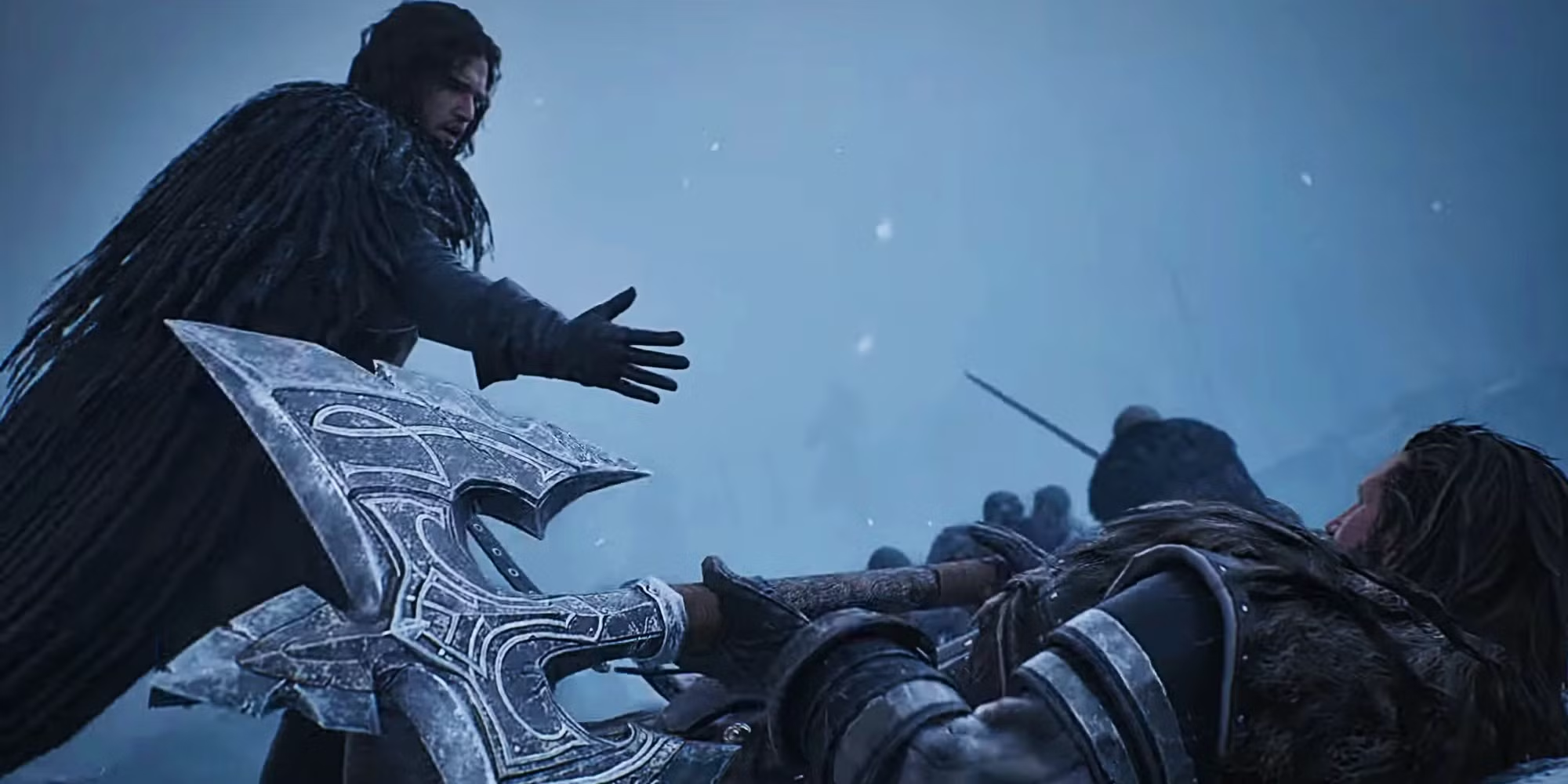There are many animated TV shows based on video games. From “Pac-Man” to several “Sonic the Hedgehog” TV series, these shows have managed to carve out a respectable television niche, mainly catered toward children. Given the cartoonish designs of these shows, it’s no wonder they have garnered a strong following within a younger demographic.
Cut to 2017, when Netflix released the show “Castlevania.” Although it’s animated, it’s one of the few video game-based shows that caters to a mature audience. It‘s as if “Spawn: The Animated Series” and “Game of Thrones” had a kid. And right now, it’s one of the best video game adaptations and fantasy shows to binge-watch on Netflix.
The show’s three seasons are a loose adaptation of the game “Castlevania III: Dracula’s Curse,” with additional references to the game “Symphony of the Night” that help add to the lore.
In the show, vampire lord Dracula is determined to destroy all of humanity after the corrupt church burns his wife at the stake. All the while, lead characters Trevor Belmont, Sypha Belnades and Alucard team up to stop him.
With the exception of the pilot, the first season concentrates on Trevor and his partnerships with Sypha, a scholar of magic, and Alucard, the son of Dracula. The trio get to know each other and come to a mutual agreement about how to best stop the vampire king.
The second season shifts gears toward Dracula, as he’s caught up with handling a vampire army and hiring two human forge masters, Hector and Isaac, to be his eyes and ears. All the while, Trevor, Sypha and Alucard search for useful information on how to stop Dracula and his army from destroying all of humanity.
The third season’s 10 episodes are some of the best this show has to offer. Rather than rely on action, the show successfully builds up the backstories of its characters. For one, the chemistry between Trevor and Sypha is well developed, and, at times, charming. Alucard’s story could have been more fleshed out, though given what’s shown, his presence and actions reflect what might come in the fourth season. Hector and Isaac’s stories, surprisingly, are the most developed.
Much of the credit for these well-told stories goes to the voice actors. Richard Armitage voices Trevor with swagger, and Graham McTavish as Dracula is menacing yet intriguing. The other actors also do a great job with their roles.
The humor is well implemented throughout the three seasons. From Trevor’s snarky charisma, Sypha’s adorable personality and even Godbrand, one of Dracula’s commanders, the show has some unexpected comedic timing amidst the blood and gore.
If there’s one major standout element in each of the seasons, it’s the animation style. The anime-inspired style manages to look and feel like something that would come out of one of the games. Given that the art direction is inspired by the style of the games — especially “Symphony of the Night” — it’s no wonder the character models and action sequences are beautiful.
In particular, the final episodes of seasons two and three are major standouts given the way the intense action scenes are animated. From Sypha’s magical abilities, Alucard’s use of his whips and the monsters’ reactions each make this show unique from other animated properties.
As mentioned before, even though this show is animated, it’s not meant for a younger audience. Given the mature themes surrounding religion, the violence on display and the amount of vulgar language the show has when compared to other contemporary adult animations, “Castlevania” is the animated equivalent of “Game of Thrones.”
Even with its strong characterizations and animation style, the show can get a bit meandering from time to time, especially in the scenes of Dracula’s armies in season two and the scenes that take place in the village during season three.
“Castlevania” is one of the best-told fantasy shows to binge-watch on Netflix. With its mature themes, intense violence and charming characters, this video game adaptation has the capability of becoming a classic in the fantasy genre. It can even go so far as fill the necessary void that was left behind by the disappointing finale of “Game of Thrones.”




















![[Book Review] The Blade Itself (The First Law Trilogy) by Joe Abercrombie](https://bendthekneegot.com/wp-content/uploads/2018/01/1516047103_maxresdefault-218x150.jpg)
















